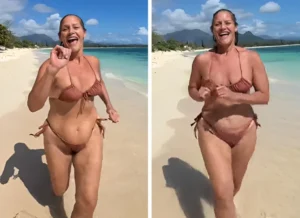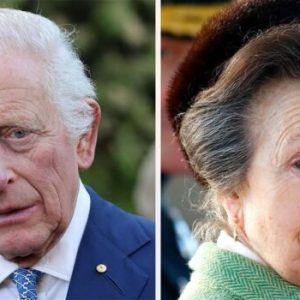Social Media and the Evolution of Beauty Standards
Social media has transformed nearly every facet of modern life, including the way society perceives beauty. Traditionally, beauty standards for women were narrowly defined and often dictated by pop culture and advertising. From Marilyn Monroe’s celebrated curves in the 1950s to the waiflike figures of 1990s supermodels, the ideal body type has changed with each generation. Yet, the expectation for women to conform to a singular, often unrealistic, standard remained constant.
With the rise of platforms like Instagram, TikTok, and YouTube, beauty standards are now more diverse than ever before. These platforms showcase creators of all sizes, shapes, and ethnicities, providing representation that was previously absent in mainstream media. This inclusivity is reshaping how individuals view their own bodies, challenging outdated ideals, and promoting self-acceptance.
Plus Size is the New Average
As American women embrace body positivity and size inclusivity, research reveals a shift in the average body size. A study published in the International Journal of Fashion Design, Technology and Education found that the average American woman’s clothing size is larger than commonly believed. While size 14 was once considered the average, the study now indicates that most American women wear between a size 16 and 18, equivalent to a women’s plus size 20W. Additionally, the average waist size has increased from 34.9 inches to 37.5 inches over the last 20 years.
Susan Dunn, one of the study’s authors, highlighted the importance of these findings for both the fashion industry and consumers. “Knowing where the average is can help a lot of women with their self-image,” she said. Dunn also emphasized that the apparel industry must adapt to better serve this demographic, advocating for well-fitting, stylish clothing to be more widely available.
Why Are American Women Getting Bigger?
Several factors have contributed to the increase in the average size of American women:
Lifestyle Changes: Sedentary jobs, increased calorie consumption, and the availability of processed foods have significantly impacted body sizes.
Cultural Shifts: Larger bodies are becoming more accepted and celebrated, reducing societal pressure for extreme dieting.
Genetics and Environment: A combination of genetic predisposition and environmental factors, such as stress and limited access to healthy foods, also plays a role.
A Health Perspective: Beyond Aesthetic Standards
While the celebration of diverse body types is a step forward, the medical implications of rising obesity rates cannot be ignored. According to the World Health Organization, global obesity rates have doubled since 1990. Social media, while empowering in some ways, also contributes to unhealthy habits by promoting sedentary lifestyles and indulgent food trends.
The Mayo Clinic warns that obesity is more than a cosmetic concern. It’s a medical issue linked to serious health risks, including heart disease, diabetes, high blood pressure, liver disease, sleep apnea, and certain cancers. Awareness of these risks is vital, even as society embraces body positivity.
Redefining Beauty
Ultimately, beauty is not about conforming to a singular standard but celebrating individuality. Social media has played a pivotal role in amplifying this message, giving people the freedom to embrace their unique beauty. When used mindfully, these platforms have the power to continue reshaping beauty standards in ways that are inclusive, empowering, and transformative.
What are your thoughts on how social media has influenced beauty standards? Share your opinions and this story with your friends to join the conversation!




